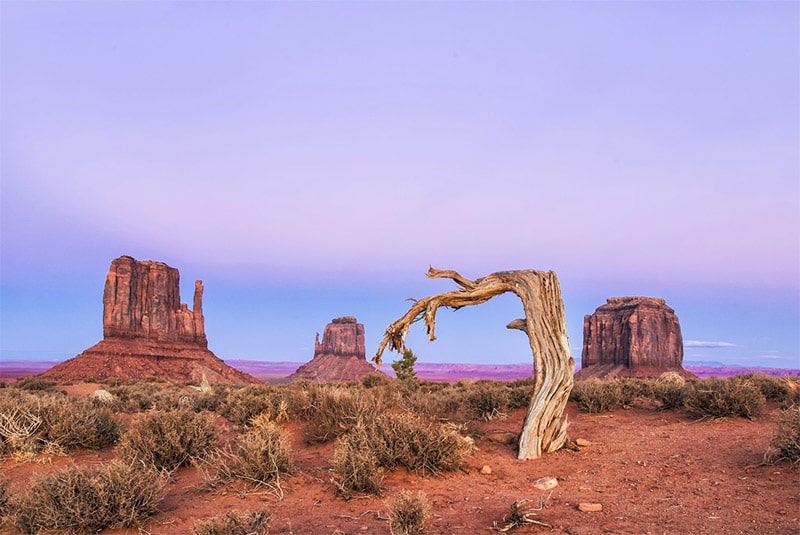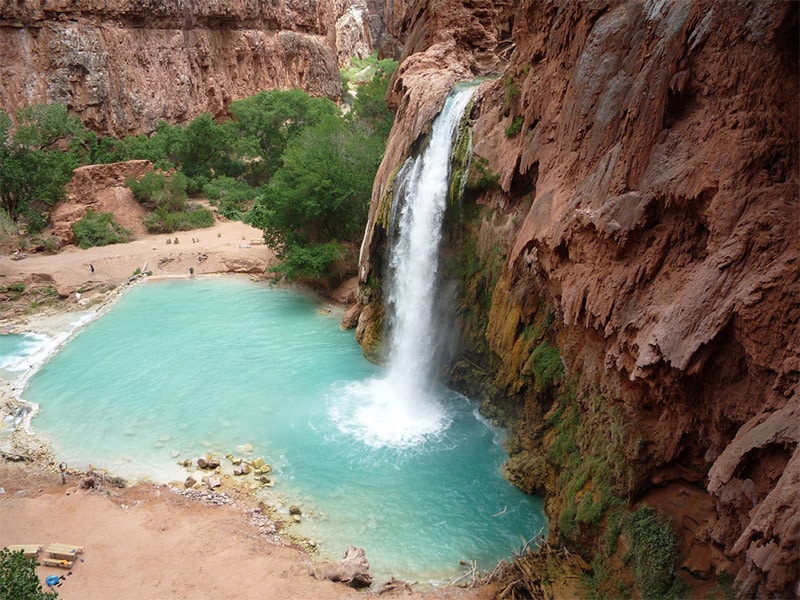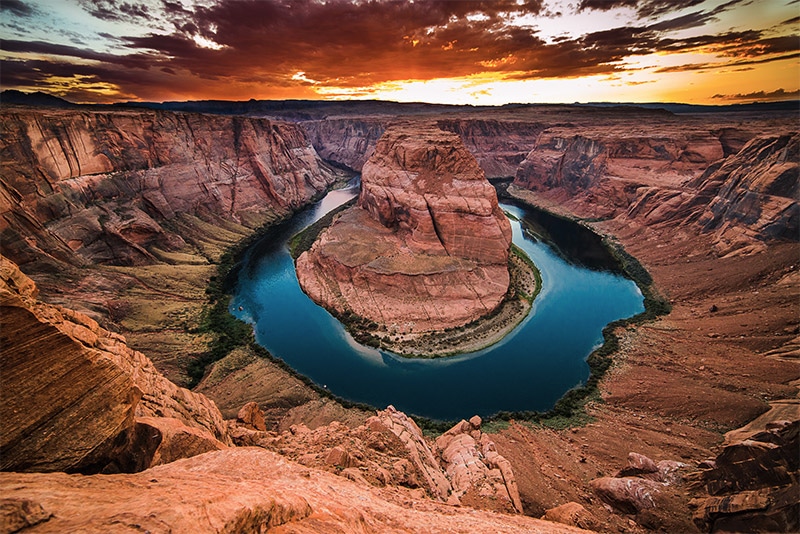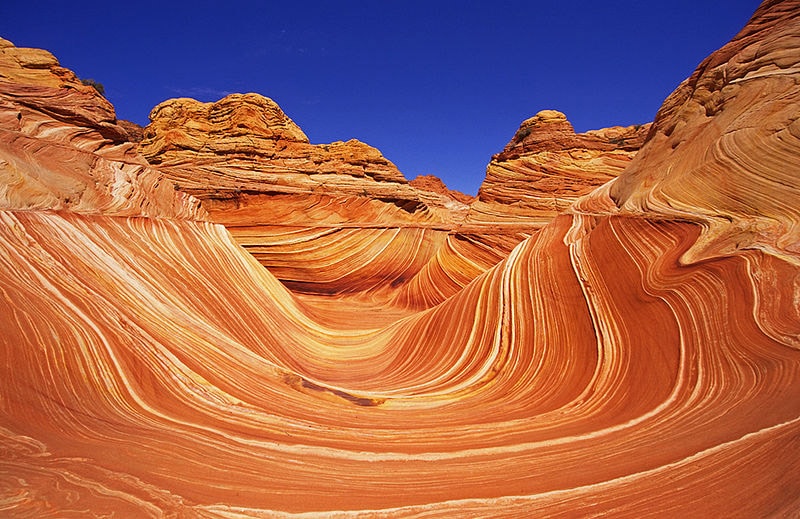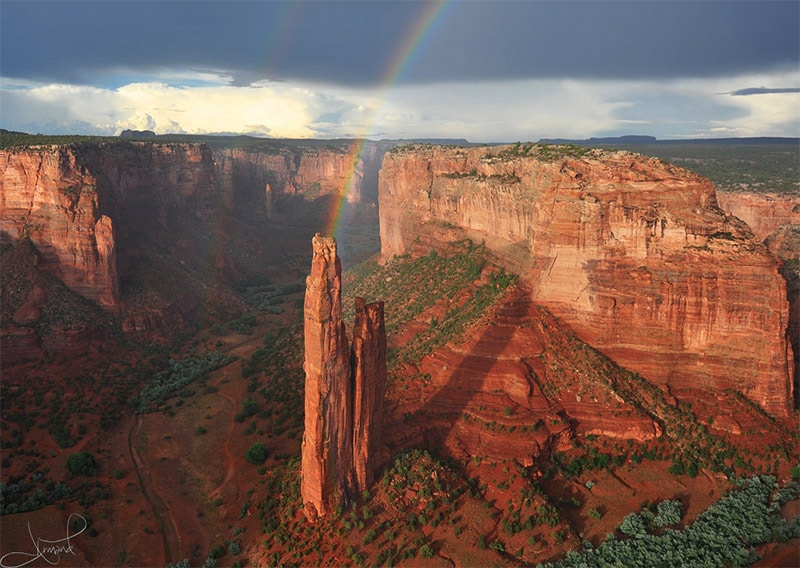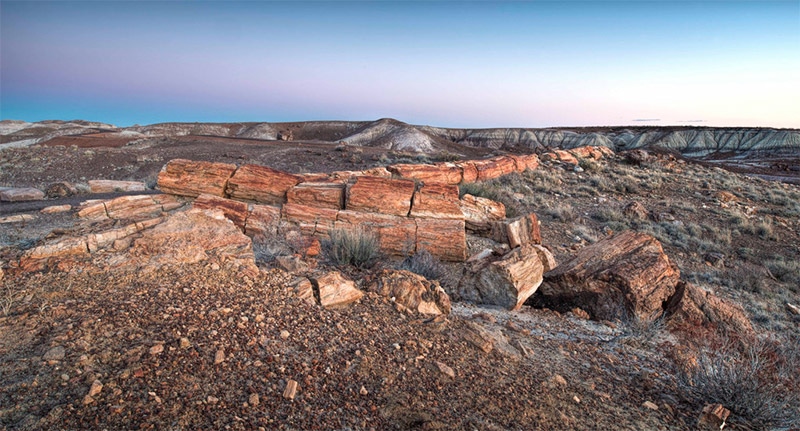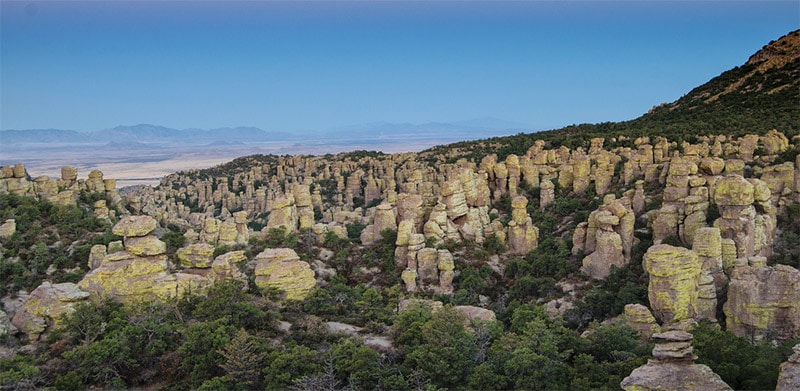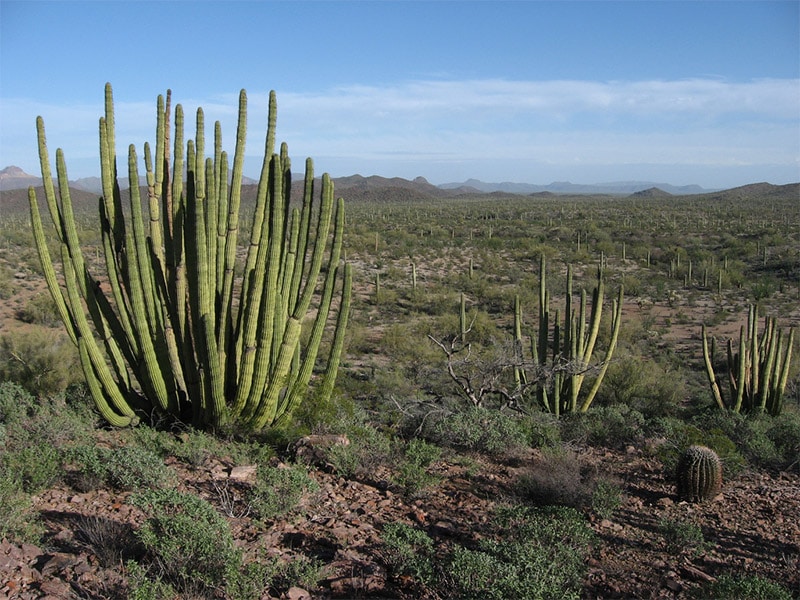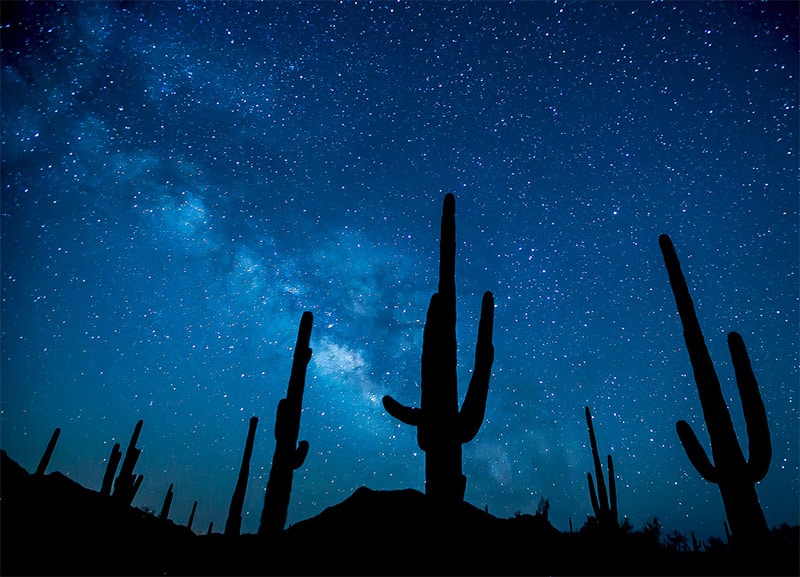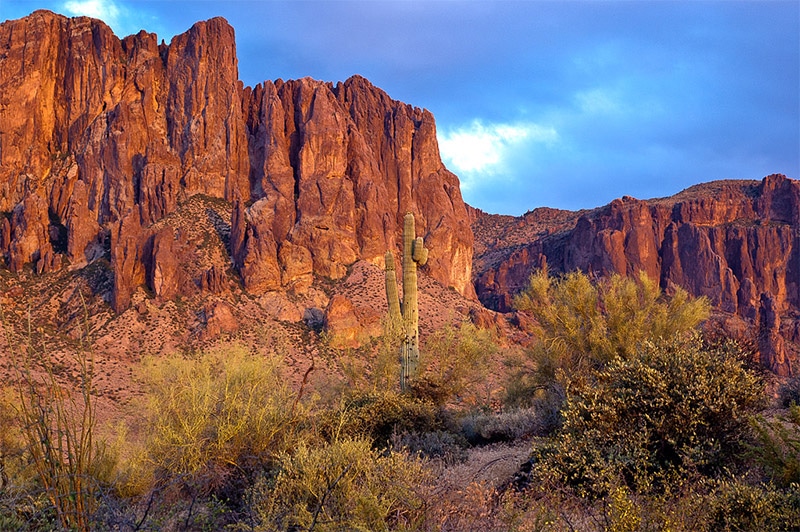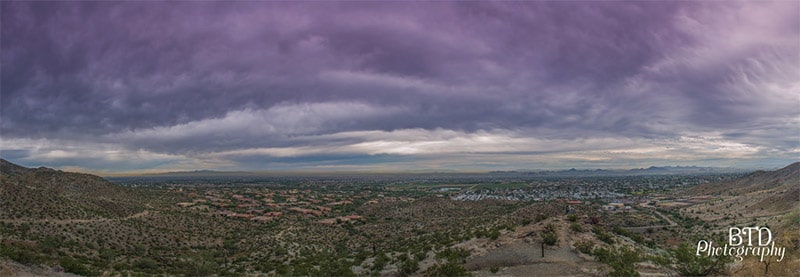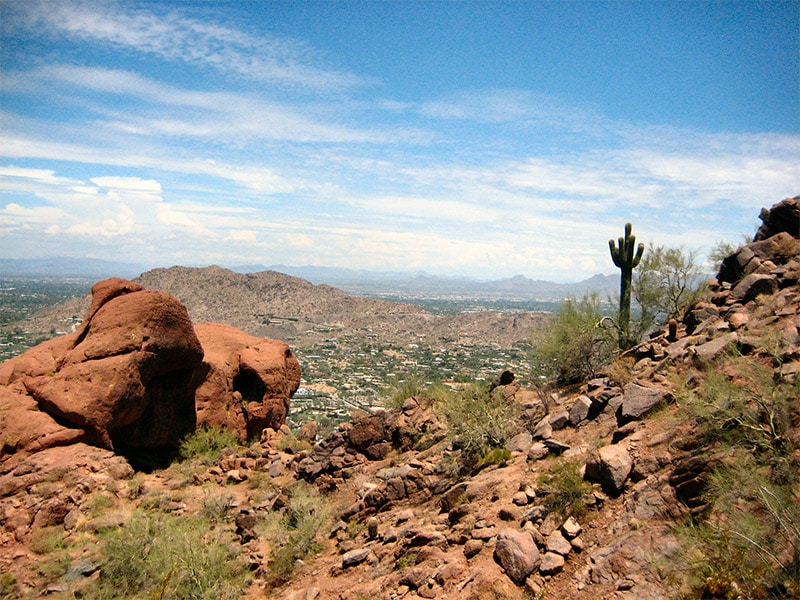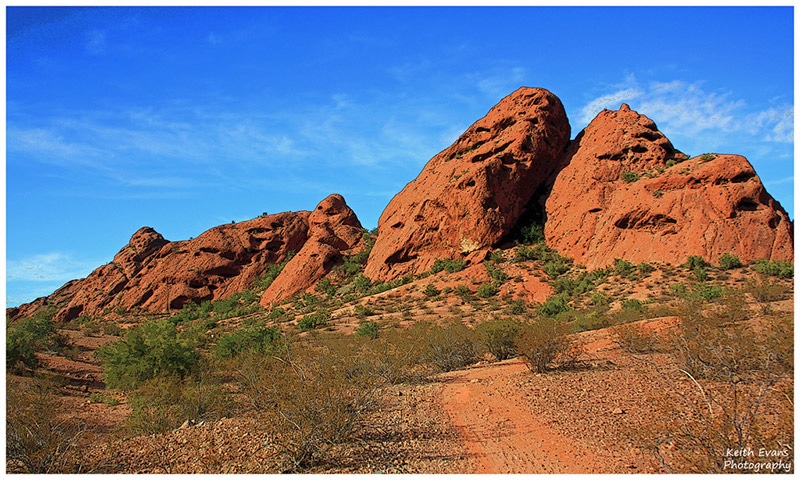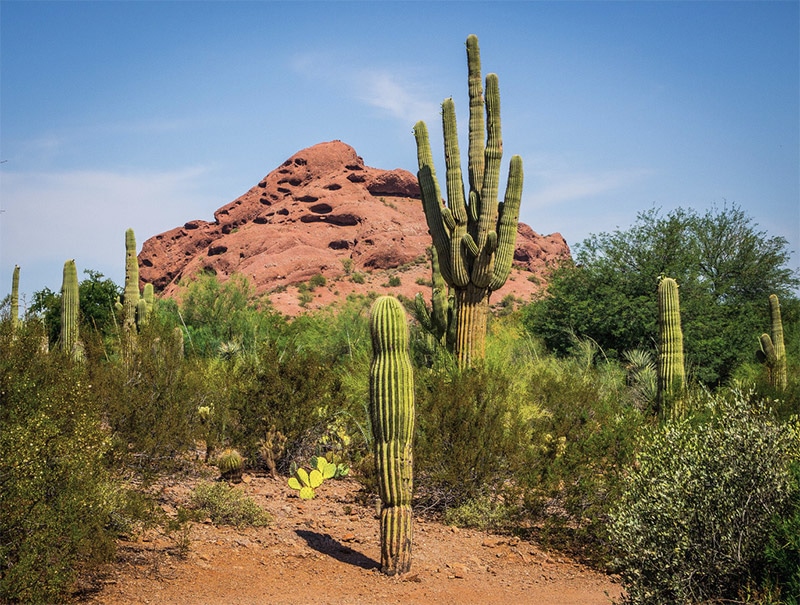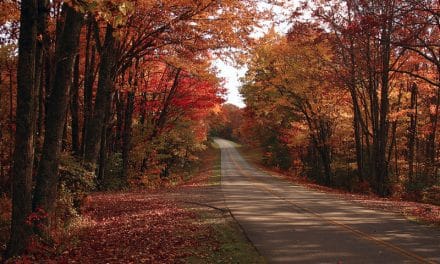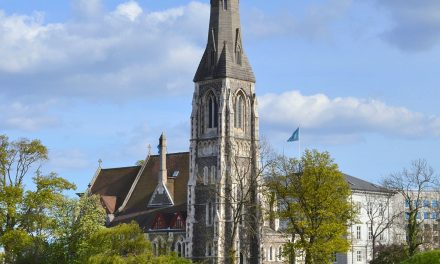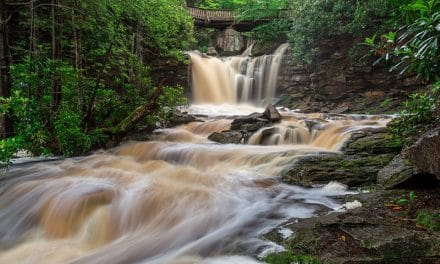Arizona is a favorite of many landscape photographers due to its amazing landscapes and highly-recognizable locations. The desert landscapes that are waiting to be photographed in Arizona are not an option in most parts of the U.S., but Arizona also has more to offer than just desert scenes. This page showcases many of the top destinations in the state for landscape photography. The interactive map below shows the location of each spot mentioned on this page.
This page will continue to be a work in progress, so please feel free to leave a comment with your own suggestions of great places to photograph.
The Grand Canyon
The Grand Canyon is one of the most recognizable landscapes in the United States, and the world for that matter. Grand Canyon National Park is a huge area that could be explored and photographed seemingly forever. The south rim is the most popular area for tourists, partly because it is accessible year round. The north rim is also well worth visiting, although it can take a little more effort and planning. For all the details related to photographing the Grand Canyon please see our article, The Photographer’s Guide to the Grand Canyon.

Photo by Marc Andre
Havasu Falls
Just west of the Grand Canyon, about a 4 hour drive from the south rim, is beautiful Havasu Falls. It lies on the Havasupai Indian Reservation and is not easily accessible. There are no roads leading to the area and it requires about a 10-mile hike each way. The blue-green water is worth the effort for those who plan ahead and make the trek.
Horseshoe Bend
Just north of the Grand Canyon is a popular spot for photographers, Horseshoe Bend. From this location near Page, Arizona you can get beautiful photos of the Colorado River from a dramatic perspective. There is a parking area along highway 89 and from the parking lot you will have a .75 mile hike to reach the viewpoint. Bring your wide angle lens to fit the entire scene in the frame, or create a panorama by stitching multiple photos. Horseshoe Bend is well worth the visit if you are in the area of the Grand Canyon, Lake Powell, or Antelope Canyon. From the view point you will be facing west, making nice sunset photos a possibility. The lack of a guard rail makes it easier to get great photos, but be careful on the uneven rocks near the edge.
Antelope Canyon
Also located near Page, just about a 15 minute drive from the parking area at Horseshoe Bend, is Antelope Canyon. Located on Navajo Nation land, Antelope Canyon actually consists of an upper and a lower canyon. Both the upper and lower canyons can be accessed only by guided tours. The upper canyon is easier to access, as the lower canyon is narrower in certain places and some stairs and climbing are required.
Sedona
Sedona is one of the most beautiful towns in the United States. The rock formations are just about everywhere you look, and there are no shortage of photographic opportunities in and around Sedona. Located south of Flagstaff in central Arizona, Sedona is only about a two-hour drive from the south rim of the Grand Canyon, so many photographers combine the two locations into the same trip. For all the details of the top spots in Sedona please see our article Photographing Sedona, Arizona.
Vermilion Cliffs National Monument
Located in northern Arizona is Vermilion Cliffs National Monument. The area includes Coyote Buttes and The Wave, a popular spot for landscape photographers. A permit is required to hike in Coyote Buttes, and the permits are currently limited to only 20 people per day. You can get information about the permits and permit lottery here.
Monument Valley
Located in northeastern Arizona, right on the Utah line, is Monument Valley. With sandstone formations that reach up to 1,000 feet in height it is a photographer’s paradise. It is on Navajo Nation Land and some parts of Monument Valley are available only by guided tour. You can drive through the area (fee per car) and capture plenty of captivating photos of the area that is one of the most recognizable landmarks in the U.S.
Canyon de Chelly National Monument
Also located in northeastern Arizona within the Navajo Nation boundaries is Canyon de Chelly National Monument. The main feature of the area is Spider Rock, a 750-foot sandstone spire. Spider Rock can be seen and photographed from South Rim Drive.
Petrified Forest National Park
Petrified Forest National Park is located in eastern Arizona, less than a two-hour drive south from Canyon de Chelly, is Petrified Forest National Park. The petrified wood that the park is named for provides interesting photo opportunities. The photographic opportunities also include the buttes, mesas, and views of the painted desert.
Chiricahua National Monument
In southeastern Arizona Chiricahua National Monument features a unique and interesting landscape. Here you can photograph the hoodoos and balancing rocks that make the area stand out. there is an 8-mile scenic drive that will provide plenty of amazing views, and there are also 17 miles of hiking trails that can be explored.
Saguaro National Park
If you want to photograph the cacti of Arizona, Saguaro National Park is an excellent place to do it. At this park near Tucson in southern Arizona you can photograph the largest Cacti in the United States. The park consists of two different districts, one on each side of Tucson. The Tuscon Mount District to the west of Tucson is the best place to photograph the cacti.
Organ Pipe Cactus National Monument
Located in southwestern Arizona, right at the Mexican border, is Organ Pipe Cactus National Monument. This is another outstanding place to photograph cacti. This is the only place in the U.S. where the Organ Pipe Cactus grows in the wild.
Sonoran Desert National Monument
In southern Arizona the Sonoran Desert National Monument protects a small portion of the Sonoran Desert. This is another great place to photograph cacti, as well as mountain landscape.
Lost Dutchman State Park
In central Arizona, about an hour’s drive east of Phoenix, is Lost Dutchman State Park. There are several trails in the park that lead to the Superstition Wilderness and the Tonto National Forest. Photographic opportunities include beautiful rock formations and the cacti of the Sonoran Desert.
Dobbins Lookout
Dobbins Lookout is located in South Mountain Park near Phoenix and provides a spectacular view. To reach Dobbins Lookout you will face a challenging 4 mile hike.
Camelback Mountain
Camelback Mountain is located in the Echo Canyon Recreation Area in Phoenix. The 1+ mile hike to the peak will give you some nice views of the surrounding area.
Papago Park
Phoenix and Tempe’s Papago Park is home to distinctive sandstone buttes and plenty of desert plants. There are plenty of trails throughout the park that will give you easy access to the scenery.
Desert Botanical Garden
Also in Phoenix, Desert Botanical Garden is a great place for nature photographers. The botanical garden is a 140-acre area located within Papago Park that is home to more than 20,000 plants.
Photo license links: CC BY 2.0, CC BY 3.0, CC BY-SA 2.0, CC BY-ND 2.0

